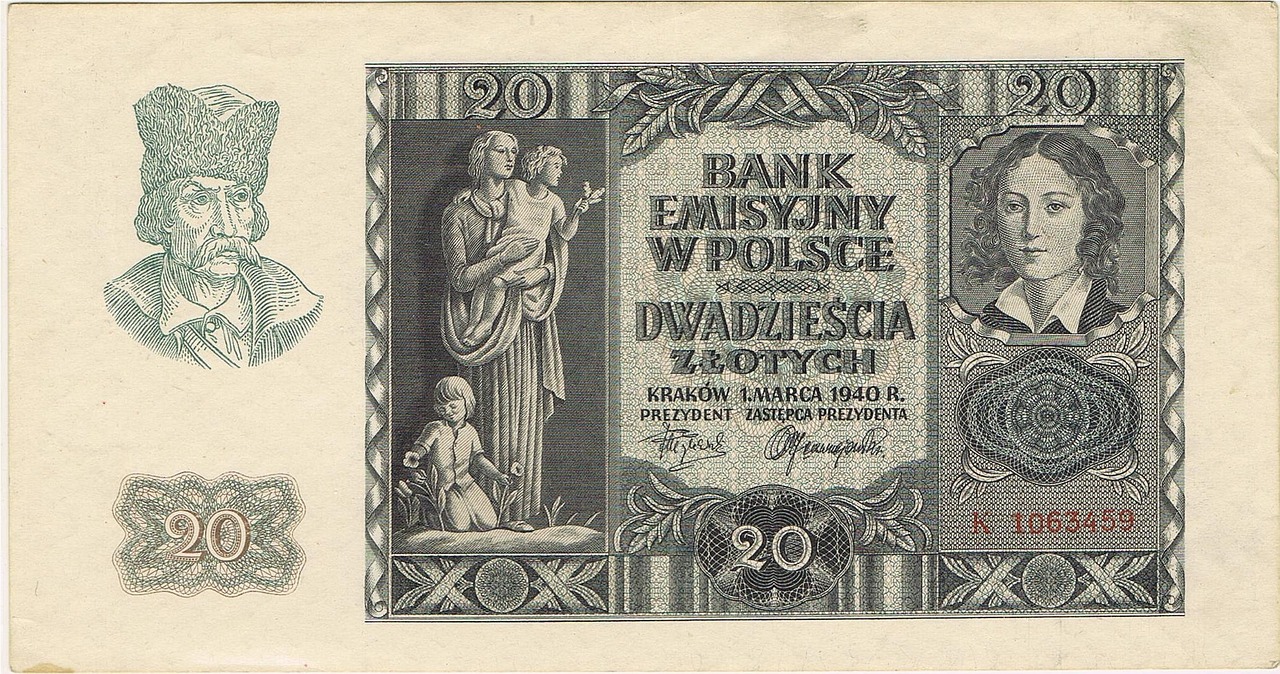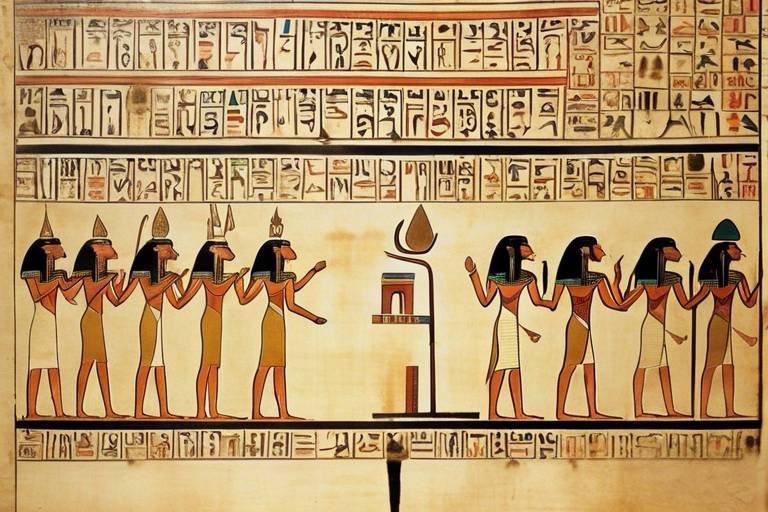The Importance of Intercultural Understanding in Heritage
Intercultural understanding plays a pivotal role in the preservation and promotion of heritage sites, traditions, and artifacts worldwide. By delving into the depths of diverse cultures, we uncover a treasure trove of knowledge, history, and values that enrich our global tapestry. It is through this understanding that we can bridge the gaps between different communities, fostering mutual respect, appreciation, and collaboration.
When we preserve our cultural heritage, we are not merely safeguarding physical artifacts; we are also nurturing the essence of who we are as a collective society. These heritage sites are like time capsules, preserving the stories and traditions of our ancestors for future generations to cherish. They serve as a reminder of our roots, instilling a sense of pride and belonging among communities.
Furthermore, heritage sites act as meeting grounds for individuals from diverse backgrounds to engage in meaningful dialogue. They become arenas where ideas, experiences, and knowledge are exchanged, breaking down barriers and building bridges between cultures. Through this exchange, we cultivate a deeper understanding of one another, paving the way for cooperation and unity.
Cultural exchange thrives within the realms of heritage preservation. As we immerse ourselves in different traditions, languages, and customs, we develop a profound respect for the richness of human diversity. This exposure fosters empathy, broadens our perspectives, and nurtures a spirit of inclusivity and acceptance towards all cultures.
Empowering local communities through heritage preservation is vital for sustainable development and economic growth. By preserving traditional knowledge and skills, communities can harness their cultural heritage as a source of livelihood. This not only uplifts their economic well-being but also strengthens their resilience in the face of challenges.
However, the journey of heritage conservation is not without its obstacles. Urbanization, climate change, and conflicts pose significant threats to our cultural treasures. To overcome these challenges, we must innovate, engage communities, and foster international cooperation to ensure the protection of our heritage for generations to come.
Technology emerges as a powerful ally in the realm of heritage preservation. From digital mapping to virtual reality, technological advancements offer new avenues for documenting and experiencing cultural heritage. These tools make heritage more accessible and engaging, inviting a global audience to partake in the wonders of our shared past.
Education stands as a cornerstone in promoting intercultural understanding and heritage preservation. By educating individuals about the importance of cultural diversity and sustainable tourism practices, we sow the seeds of appreciation and respect for our heritage. This awareness cultivates a more inclusive and harmonious society that values the richness of our collective heritage.
Collaborative partnerships form the bedrock of effective heritage conservation. By uniting governments, communities, academia, and the private sector, we create a shared commitment to preserving our cultural legacy. Together, we can ensure that our heritage remains a beacon of inspiration for future generations to come.

Preservation of Cultural Identity
Exploring the significance of intercultural understanding in preserving and promoting heritage sites, traditions, and artifacts to foster mutual respect, appreciation, and collaboration among diverse cultures worldwide.
Preservation of cultural identity plays a crucial role in maintaining the essence of a community's heritage. By safeguarding traditions, values, and historical artifacts, communities can uphold a sense of belonging and pride. This preservation not only honors the past but also cultivates a deeper understanding and respect for different cultural backgrounds. It's like preserving a precious heirloom that tells the story of generations past, connecting us to our roots and shaping our collective identity.

Enhancing Global Dialogue
Enhancing global dialogue through heritage preservation is a powerful tool for connecting people from diverse backgrounds and fostering mutual understanding. Heritage sites act as bridges between cultures, providing a common ground for individuals to share their stories, traditions, and experiences. By engaging in conversations at these sites, visitors can gain insights into different worldviews and historical perspectives, leading to a deeper appreciation of cultural diversity.
Moreover, global dialogue facilitated by heritage sites allows for the exchange of ideas and knowledge, sparking discussions on shared challenges and opportunities faced by communities worldwide. Through these interactions, individuals can develop a sense of empathy and solidarity, transcending cultural boundaries and building connections based on common values and aspirations.
By promoting global dialogue, heritage preservation encourages collaboration and cooperation among nations, fostering a sense of shared responsibility for safeguarding our shared cultural heritage. This collaborative approach not only strengthens international relations but also contributes to the development of innovative solutions to pressing global issues, such as climate change, urbanization, and social inequality.

Promoting Cultural Exchange
Cultural heritage plays a pivotal role in promoting cultural exchange by serving as a bridge between different societies, allowing for the exchange of ideas, values, and traditions. When individuals engage with diverse cultural artifacts and practices, they gain a deeper understanding of the world around them, fostering respect and empathy for cultures different from their own.
Through cultural exchange, people have the opportunity to immerse themselves in the richness of various traditions, languages, and customs, broadening their perspectives and nurturing a sense of appreciation for the diversity that exists in the world. This exchange of cultural knowledge not only enriches individuals but also strengthens the bonds between communities, fostering a sense of unity amidst diversity.

Empowering Local Communities
Empowering local communities through heritage preservation is a multifaceted endeavor that goes beyond just conserving historical sites. By actively involving community members in the preservation process, we not only safeguard our cultural legacy but also create opportunities for economic growth and social empowerment. When local residents are engaged in heritage initiatives, they develop a sense of ownership and pride in their heritage, leading to a stronger connection to their roots and a shared responsibility for preserving it for future generations.
One way heritage preservation empowers local communities is through the creation of sustainable economic opportunities. By promoting cultural tourism and artisanal crafts, heritage sites can become sources of income for local residents, stimulating economic growth and reducing poverty. Additionally, preserving traditional knowledge and skills passed down through generations not only ensures their survival but also provides avenues for entrepreneurship and skill development, empowering community members to thrive in a rapidly changing world.
Furthermore, heritage preservation plays a vital role in enhancing the overall well-being and resilience of local communities. By celebrating and protecting cultural traditions, communities can strengthen their social fabric, promote intergenerational bonds, and foster a sense of belonging and identity. This sense of cultural continuity not only boosts community morale but also acts as a source of resilience in the face of external challenges, such as natural disasters or social disruptions.
Moreover, empowering local communities through heritage preservation involves promoting inclusive decision-making processes and fostering collaboration among diverse stakeholders. By involving community members, local authorities, heritage experts, and other relevant actors in planning and implementing conservation projects, we ensure that the needs and aspirations of the community are taken into account. This collaborative approach not only strengthens social cohesion but also builds a sense of shared responsibility for safeguarding our shared heritage.

Challenges in Heritage Conservation
Preserving our cultural heritage is a noble endeavor, but it comes with its fair share of challenges that must be addressed to ensure the safeguarding of our past for future generations. Urbanization poses a significant threat to heritage sites, as rapid development often leads to the destruction or alteration of historical landmarks. Climate change is another pressing issue, with rising sea levels and extreme weather events endangering vulnerable heritage sites around the world. Additionally, conflicts and wars have devastating effects on cultural treasures, putting them at risk of irreparable damage or loss.
In the face of these challenges, innovative solutions are essential for effective heritage conservation. Community engagement plays a crucial role in preserving heritage, as local involvement fosters a sense of ownership and responsibility towards cultural assets. International cooperation is also key, as shared efforts and resources can help mitigate the threats facing heritage sites on a global scale. By working together, we can overcome the challenges of heritage conservation and ensure the protection of our rich cultural legacy for generations to come.

Role of Technology in Heritage Preservation
The role of technology in heritage preservation is paramount in today's digital age. Leveraging technological advancements has revolutionized the way we document, conserve, and promote cultural heritage around the world. Through the use of digital mapping, 3D modeling, and virtual reality, heritage preservation efforts have been taken to new heights, allowing for more comprehensive and immersive experiences for visitors and researchers alike.
One of the key benefits of technology in heritage preservation is the ability to create accurate digital representations of heritage sites and artifacts. Through 3D modeling, intricate details of historical buildings, sculptures, and artifacts can be captured and preserved digitally, ensuring that even the most delicate aspects of our cultural heritage are safeguarded for future generations.
Furthermore, virtual reality technologies have transformed the way we engage with cultural heritage. By immersing users in virtual environments, individuals can explore ancient ruins, historical sites, and museums from anywhere in the world, breaking down barriers of time and space to make heritage more accessible and engaging for a global audience.
Moreover, technology plays a crucial role in the documentation and conservation of heritage sites that are at risk due to natural disasters, climate change, or human activities. By utilizing advanced monitoring systems and digital tools, heritage conservationists can track changes in heritage sites, assess risks, and implement timely interventions to ensure their preservation for future generations.
In addition to preservation efforts, technology also enhances public engagement with cultural heritage. Through interactive digital platforms, educational apps, and online exhibitions, individuals can learn about different cultures, traditions, and historical events, fostering a deeper appreciation and understanding of our diverse heritage.
In conclusion, the role of technology in heritage preservation is indispensable in safeguarding our cultural legacy for generations to come. By embracing innovative tools and digital solutions, we can ensure that our heritage sites, traditions, and artifacts are not only preserved but also celebrated and shared with a global audience.

Education and Awareness
Educational initiatives play a crucial role in fostering intercultural understanding and promoting heritage preservation. By integrating cultural heritage into school curricula, students can learn about the significance of diverse traditions, languages, and customs. This not only raises awareness about the importance of preserving heritage sites but also instills a sense of respect and appreciation for different cultures.
Furthermore, cultural heritage education can extend beyond formal schooling to community outreach programs and interactive workshops. These activities provide hands-on experiences for individuals to engage with heritage artifacts, monuments, and traditions, creating a deeper connection to their own cultural identity and the heritage of others.
Collaborative projects between educational institutions, museums, and heritage organizations can also enhance public awareness about the value of cultural diversity and the need for sustainable tourism practices. By organizing exhibitions, cultural events, and heritage walks, these partnerships contribute to a more inclusive society where heritage is celebrated and protected for future generations.

Collaborative Partnerships
Collaborative partnerships play a crucial role in the effective conservation of heritage sites and the promotion of intercultural understanding. By bringing together governments, local communities, academia, and the private sector, these partnerships create a shared commitment to preserving our cultural heritage for future generations. Through collaboration, diverse stakeholders can leverage their expertise, resources, and networks to implement sustainable development initiatives that benefit both the heritage sites and the surrounding communities.
These partnerships foster a holistic approach to heritage conservation, integrating local knowledge, scientific research, and innovative technologies to address the challenges faced by heritage sites. By working together, stakeholders can develop comprehensive strategies that balance conservation efforts with the socio-economic needs of the communities living in and around the heritage sites.
Moreover, collaborative partnerships enable the sharing of best practices and lessons learned, promoting capacity building and knowledge exchange among stakeholders. By learning from each other's experiences and successes, partners can enhance their conservation efforts and ensure the long-term sustainability of heritage sites.
Furthermore, these partnerships help raise awareness about the importance of heritage conservation and intercultural understanding, engaging the public in meaningful ways. By involving local communities in decision-making processes and cultural initiatives, collaborative partnerships empower individuals to take ownership of their heritage and become active participants in its preservation.
In conclusion, collaborative partnerships are essential for fostering a shared sense of responsibility towards our cultural heritage, promoting sustainable development, and nurturing intercultural understanding among diverse communities. By working together, we can ensure that our heritage sites continue to inspire and educate future generations, preserving the rich tapestry of human history for years to come.
Frequently Asked Questions
- What is the significance of intercultural understanding in heritage?
Intercultural understanding in heritage is crucial for preserving and promoting cultural sites, traditions, and artifacts. It fosters mutual respect, appreciation, and collaboration among diverse cultures worldwide, contributing to a more inclusive and harmonious society.
- How does heritage preservation contribute to the empowerment of local communities?
Heritage preservation empowers local communities by creating economic opportunities, promoting sustainable development, and preserving traditional knowledge and skills. This contributes to the overall well-being and resilience of communities, enhancing their cultural identity and sense of pride.
- What role does education play in promoting intercultural understanding and heritage preservation?
Education plays a vital role in raising awareness about the importance of cultural diversity, heritage conservation, and sustainable tourism practices. It promotes intercultural understanding by educating individuals about different cultures, traditions, and the significance of preserving our shared heritage for future generations.
- How can collaborative partnerships benefit heritage conservation and sustainable development?
Collaborative partnerships among governments, communities, academia, and the private sector are essential for effective heritage conservation and sustainable development. By working together, these stakeholders can share resources, expertise, and best practices to safeguard cultural treasures and promote intercultural understanding for the benefit of all.



















